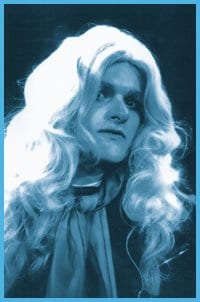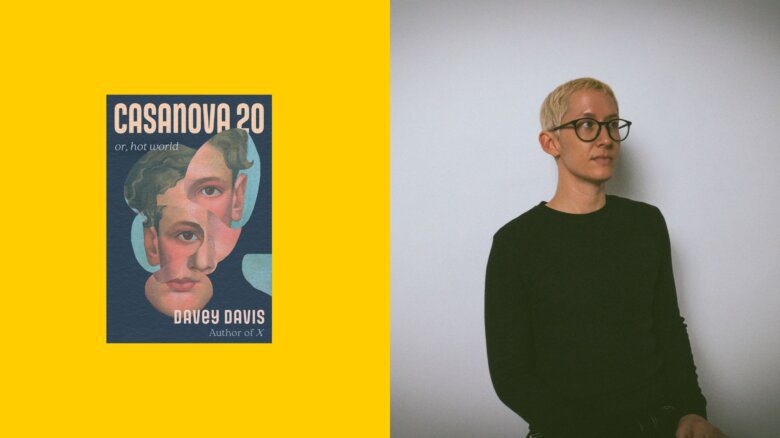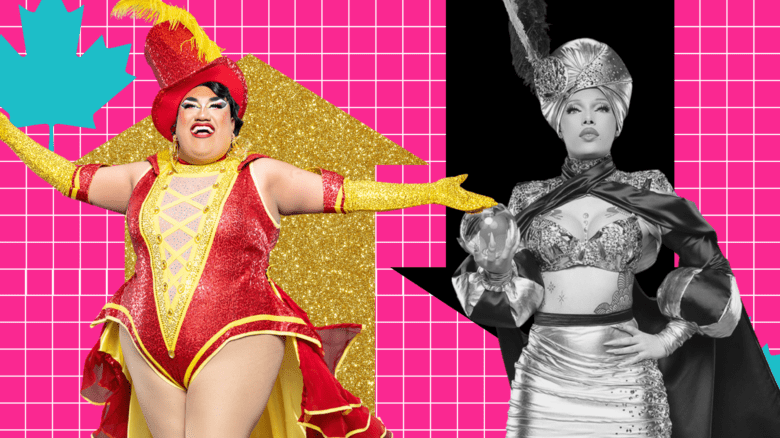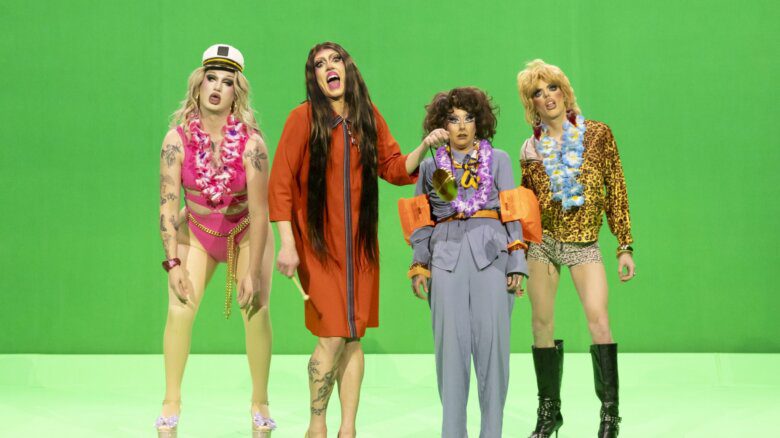Trent Harris’s The Beaver Trilogy has received considerable attention among independent film enthusiasts, and with good reason: This is one of the most oddly compelling films to make the rounds in quite some time.
The first, most fascinating section is entitled The Beaver Kid. In it, Harris, a freelance TV camera operator at the time, happens upon Groovin’ Gary outside a TV station in Beaver, Utah in 1980. The kid, done up in Bay City Rollers chic, is beside himself with the thrill of being captured on television. He informs the camera he is, “the Rich Little of Beaver,” and gives his stock impressions John Wayne, Sly Stallone, Barry Manilow and is rather reluctant to give up the mic when the time comes. He drives off in his car whose windows are etched with the signatures of Farrah Fawcett and Olivia Newton-John.
But soon, Harris receives an invitation to a talent show Gary has set up in which Gary will perform as Olivia Newton-Dawn. Unable to resist (really, who could?), Harris shows up on the appointed date to capture Gary having his make-up done by the mortician at the local funeral home. No, really.
Resplendent in black satin, high-heeled boots and a so-not-Olivia wig, insisting on his masculinity all the way, Gary steps out into the sun, lip-synching to Newton-John’s “Please Don’t Keep Me Waiting.”
Cut to the talent show, a cringe-inducing middle America gathering of thin-voiced, superstar wannabes, complete with stiff, bad-suited MC. Gary/Olivia performs “Please Don’t,” and it is hair-pullingly awful. He does not sound or look like this woman. He has no stage presence. He is, perhaps, oblivious to the less-than-enthusiastic reaction he elicits from his audience. Indeed, he returns to the stage for an equally terrible – I’d say worse, but I’m not sure that’s possible – rendition of Manilow’s “New York City Rhythm.”
While watching, you wish you’d just once had the guts to indulge in your enthusiasm, to run screaming after your dreams, just to be yourself, the way Gary does. It’s heartwarming yet heartrending. The honesty is breathtaking.
The other sections of the 83-minute video (screened by the Images fest), The Beaver Kid #2 and The Orkly Kid, are versions of the first piece, the former almost verbatim and starring the about-to-be-famous Sean Penn, the latter further removed and featuring a young, but already madly intense Crispin Glover.
These later pieces unearth some themes and concerns suggested by the original’s obsession with celebrity, the exploitative relationship between director and subject, the conflict between the group and individual, the fear of mucking about with gender lines, among others. But in the context of the original footage of Gary, Penn’s and Glover’s performances – and these are good, powerful performances – ring hollow.
But perhaps that’s the point or at least one point among many. Once you get to the end, you want to see the original footage again, to go back and celebrate the endearing, starry-eyed innocence of a kid so excited at the sight of a camera he looks like he might wet his flares.

 Why you can trust Xtra
Why you can trust Xtra


